California bursts into a vibrant tapestry of color each spring and summer as wildflowers bloom across the state. Imagine hillsides painted with poppies, valleys dotted with lupines, and deserts awash with a palette of floral hues. Whether you're a nature enthusiast or simply looking for a scenic day-trip, California's wildflower season offers a stunning display that attracts visitors from around the world.
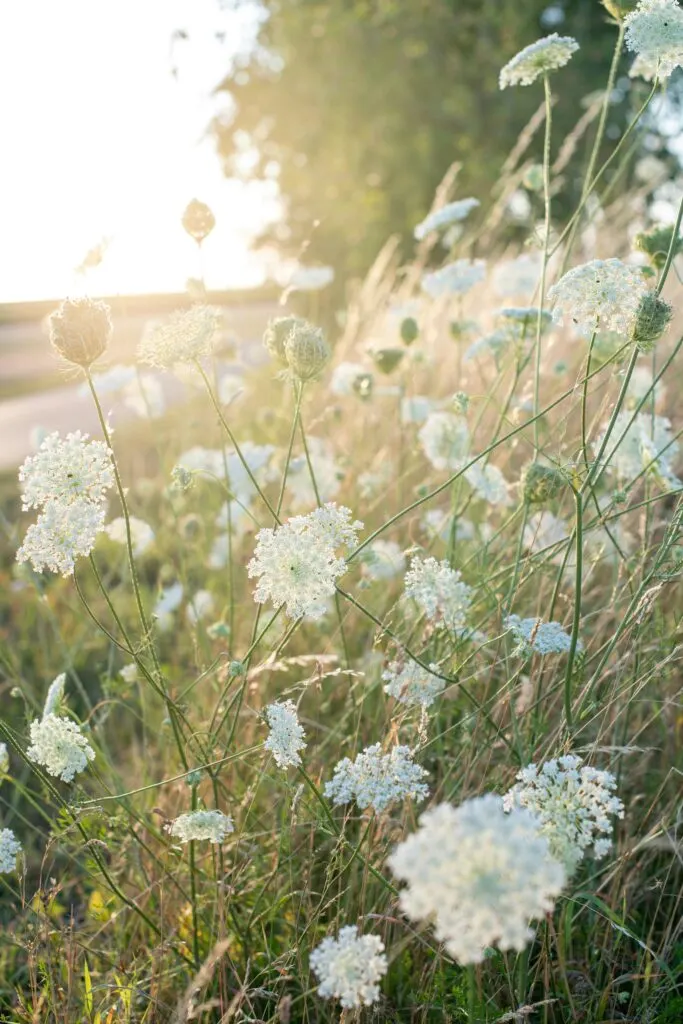
During wildflower season, you can witness the beauty of nature's own artistry. From the Mojave Desert's infrequent super bloom to the regular yearly displays in places like Anza-Borrego Desert State Park, there's a plethora of destinations where you can soak in the sights of these natural wonders. Each location offers a unique array of wildflowers in California, some of which are native only to the Golden State.
Wildflowers in California: A Guide to the State's Colorful Blooms
Understanding California's Climate
California's climate plays a pivotal role in the sprouting and flourishing of its wildflowers. You'll see how temperature, rainfall, and regional variations create a tapestry perfect for diverse plant life.
Climate and Wildflower Growth
Your knowledge of how the climate affects wildflower growth is essential. California's Mediterranean climate, characterized by wet winters and dry summers, sets the stage for wildflower seeds to germinate and grow. These conditions lead to the famed superbloom events, where a dazzling array of flowers carpet the landscape, particularly after wet winters which are crucial for seed germination.
Impact of Rainfall Patterns
Rainfall in California can greatly vary from year to year, influencing wildflower displays. You'll notice more vibrant blooms following winters with ample rain—an effect of “superbloom.” Conversely, drought years can lead to sparse wildflower growth. Recognizing the impact of these cycles will help you understand the blooming patterns and best times to visit these floral displays.
| Rainfall Pattern | Expected Wildflower Growth |
|---|---|
| Ample Winter Rain | Robust and vibrant wildflower growth |
| Drought Conditions | Reduced and less varied wildflower displays |
Temperature Variations Across Regions
Temperature plays a significant role in where certain wildflowers thrive in California. You might find that California is divided into various hardiness zones, which gardeners and botanists use as a guideline for plant survival and growth. In the coastal regions, mild temperatures support a long blooming season, while in inland and desert areas, wildflowers may bloom quickly and briefly due to more extreme temperature swings.
- Coastal Areas: Mild temperatures, longer blooming seasons
- Inland & Desert Areas: More significant temperature fluctuations, shorter and more intense blooms
Related Post:
Wildflower Regions of California
California's diverse climates and geography offer unique wildflower viewing opportunities across the state. From the coastal breezes of the Central Coast to the arid expanses of the deserts, each region presents a spectacle of vibrant colors during bloom season.
Southern California Blooms
In Southern California, you'll discover pockets of wildflower magic like the Antelope Valley California Poppy Reserve. Here, fiery orange poppies carpet the landscape, typically reaching peak bloom between March and April. Coastal areas present a cooler climate, nurturing a different array of wildflowers, with blooms often lasting longer into the year due to milder temperatures.
Central Coast Diversity
The Central Coast boasts a remarkable variety of habitats, from coastal bluffs to inland valleys. In places such as the North Table Mountain Ecological Reserve, wildflower explosions create a mosaic of color with species like lupines and larkspurs drawing visitors from far and wide. The region's temperate climate allows for an extended flowering season, and wildflowers can be enjoyed virtually year-round.
Deserts and Super Blooms
Deserts might seem barren at first glance, but they host some of the most spectacular wildflower events. The renowned super blooms in areas such as the Anza-Borrego Desert State Park or Death Valley National Park transform the landscape into a brief but breathtaking sea of color, especially following wet winters. Super blooms are rare, occurring perhaps once a decade, but when they do, flowers like the desert gold and desert five-spot bask in the limelight.
Northern California Varieties
Travel north to experience the wildflowers of Northern California. Here, fields are abundant with poppies, shooting stars, and a variety of lupines. Exceptional displays are found at North Table Mountain, where volcanic soils support a myriad of flowering plants. The Eastern Sierras, too, offer stunning wildflower vistas, particularly at higher elevations as the snow melts and the wildflower season commences in late spring and early summer.

Wildflowers in California: The Iconic California Poppies
When you visit California in the spring, you're in for a spectacular display of the state's official flower: the California poppy (Eschscholzia californica). These wildflowers are not only a symbol of the Golden State's natural beauty but are also an integral part of its ecosystem.
Why Are They Special?
- State Symbol: In 1903, California poppies were designated the state flower, capturing the essence of California's diverse habitats.
- Vivid Appearance: With their bright orange hue, they create a stunning visual contrast against the state's rolling hills.
Where to Find Them
One of the best places to see California poppies is the Antelope Valley California Poppy Reserve. Here's what you should know before planning a visit:
- Location: Antelope Valley, Lancaster, CA
- Best Time to Visit: Peak bloom typically occurs in Mid-March.
Did You Know?
While commonly associated with orange, poppies can showcase a mix of colors, including yellow and red, which sometimes intermingle, creating the look of California goldfields. On your visit to Antelope Valley, the poppies bask in the sunlight, completely open, and as the day cools down, they'll close up.
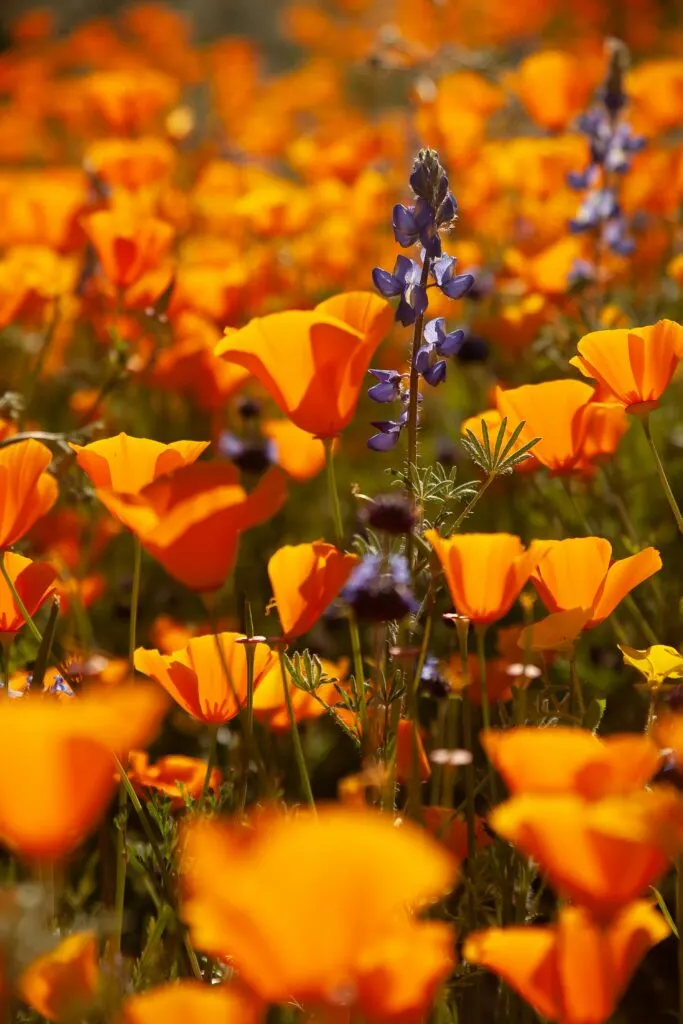
Diverse Palette of Wildflowers
California's wildflowers offer a remarkable spectrum of colors, transforming the landscape into a vivid tapestry. You're about to discover the remarkable variety of hues they exhibit and the importance of these colors to the ecosystem.
Vibrant Color Variations
You'll find that California is a canvas painted with orange poppies, red Indian paintbrushes, and yellow goldfields. These are just a few examples of the colorful wildflowers that dot the state's natural gardens. In many regions, purple lupinesstand side-by-side with delicate white yarrow and cheery pink primroses. Not to be forgotten, the serene blue hues of the Californian lilac can also be spotted.
| Color | Example Flowers |
|---|---|
| Orange | California poppies |
| Red | Indian paintbrushes |
| Yellow | Goldfields |
| Purple | Lupines |
| White | Yarrow |
| Pink | Primroses |
| Blue | Californian lilac |
Pigments and Pollinators
The diverse pigments of California's wildflowers are not just a feast for your eyes; they play a critical role in nature. Bright colors attract a variety of pollinators, such as bees, birds, and butterflies. Each flower's unique color can be linked to specific pollinators it aims to attract. For example, the brilliant reds are known to catch the attention of hummingbirds, whereas the rich blues and purples tend to lure bees.
Throughout the golden state, these colorful wildflowers create not only a visual delight but a vital part of the ecosystem, ensuring that plant species continue to thrive through pollination.

Wildflower Habitats and Ecosystems
Your journey through California's wildflower habitats reveals a tapestry of vibrant ecosystems, each playing a crucial role in maintaining the state's biodiversity. From the serene mountain meadows to the rugged desert landscapes, you'll find wildflowers that not only add splashes of color but also support various wildlife.
Mountain Meadows and Grasslands
In the Mountain Meadows and Grasslands, you'll marvel at a panorama of wildflowers. These higher elevation areas are home to a variety of species that thrive in cooler, moist conditions. Here, you might encounter trails lined with lupines and poppies, offering stunning views and a sense of tranquility. The vast grasslands boast a biodiversity hotspot that not only mesmerizes with its beauty but also serves as an ecological reserve for many plant and animal species.
- Trails to Explore:
- Pacific Crest Trail
- Sierra High Route
Desert and Arid Lands
Moving to the Desert and Arid Lands, the wildflower display can be equally spectacular, especially after a rare rain when the desert blooms with life. In places like the Anza-Borrego Desert State Park, you can witness a superbloom—a fleeting explosion of floral diversity that carpets the arid ground. Here, the resilience of desert wildflowers exemplifies adaptation, as they burst into life, timing their growth with the infrequent rains.
- Superbloom Hotspots:
- Anza-Borrego Desert State Park
- Mojave Desert
Coastal Areas and Woodlands
Finally, your journey takes you to the Coastal Areas and Woodlands, where the cool, moist air of the West Coast nurtures a different set of wildflower species. This region is marked by ecological reserves and state parks where trails meander through coastal scrub and woodlands peppered with wildflowers. Ecotourism thrives here, with visitors drawn to the scenic vistas and floral variety, emphasizing the need for conservation.
- Spectacular Trails with Coastal Wildflowers:
- Point Reyes National Seashore
- Redwood National and State Parks
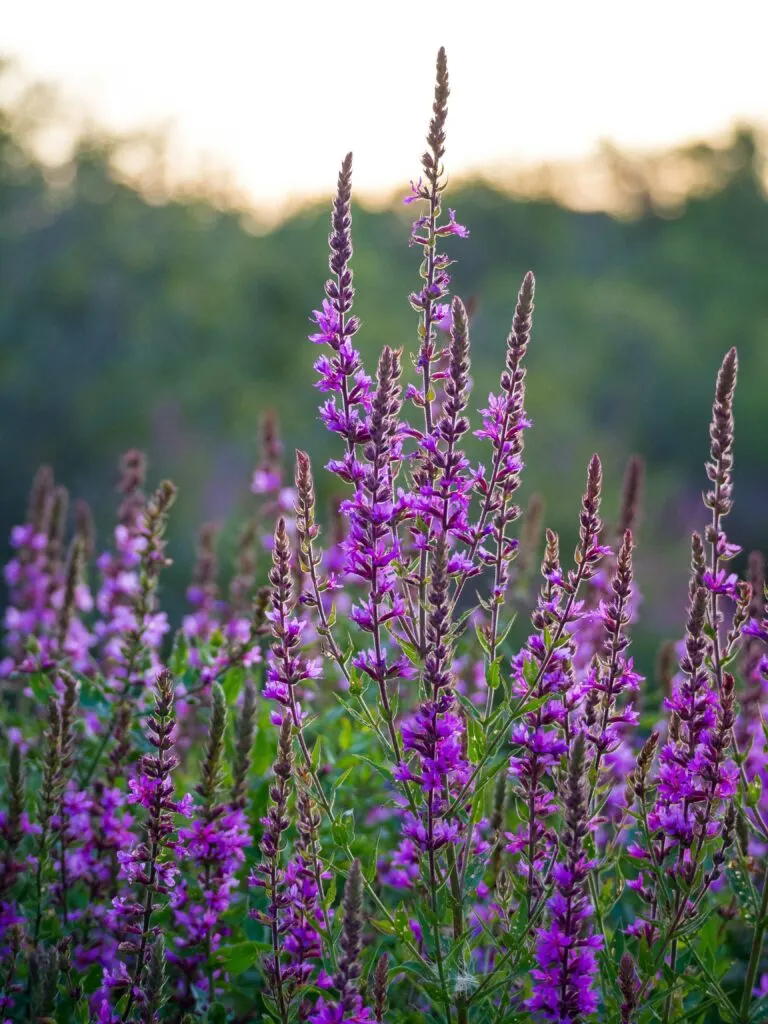
Related Post:
Flowering Patterns and Phenology
When you explore the diverse landscapes of California, the wildflower bloom patterns you witness are shaped by phenology, the study of life cycle events. In particular, flowering phenology observes when plants flower, seeding, and sometimes, thrillingly, result in a super bloom.
Rain is a major player in this botanical showcase. After abundant rainfall, the desert and grasslands transform into seas of vibrant color as numerous wildflowers burst into bloom. A super bloom, while not an annual event, is a special phenomenon that can carpet vast areas with a variety of species.
Key Influences on Flowering Times:
- Weather Patterns: A wet winter often heralds a more spectacular bloom.
- Temperature: Milder temperatures can extend blooming duration.
- Geography: Elevation and latitude can affect when flowers will peak.
Wildflower blooms start in the southern deserts, like the Mojave, where you might find flowers like the Mojave lupine, and progress northward as temperatures rise. Peak bloom can vary yearly, but it generally occurs from late February through May, depending on your location within the state.
For your best wildflower experiences, it’s essential to monitor climate patterns and keep an eye on regional wildflower reports. Each season unfolds in its own unique way, so grab your camera and revel in the natural artwork that is California's wildflower season. And if you’re lucky enough to witness a super bloom, cherish the moment—it’s a rare gift from nature’s unpredictable schedule.
Guidelines for Wildflower Viewing
Embarking on a wildflower viewing adventure in California is a rewarding experience, with the state's diverse landscapes offering a splendid array of colors and species. The following guidelines will ensure that your visit is not only enjoyable but also respectful to nature.
Best Times to Visit
- Peak Blooming Seasons: Generally, the best time to see wildflowers in California is from late February through May. Specific regions like the desert parks near San Diego often start blooming as early as February, while higher elevations may see later blooms.
- Oroville and Surrounding Areas: For areas around Oroville, peak blooms can occur in March and April, so plan your visit accordingly to catch the vibrant displays.
Viewing Etiquette
- Stay on Designated Trails: Help preserve the natural beauty for everyone by sticking to established trails. This minimizes the chance of damaging delicate flowers and impacting wildlife habitats.
- No Picking Flowers: Leave wildflowers untouched so they can seed and remain a spectacle for future visitors. Removing flowers from their natural environment is not only harmful but often illegal.
Photography Tips
- Optimal Lighting: Early morning or late afternoon provides the best light for photography. Overcast days can also offer soft lighting that brings out the colors in wildflowers without harsh shadows.
- Respect the Landscape: While capturing your photos, be careful not to trample surrounding plants. Always shoot from the trail or public areas to ensure the preservation of the site.
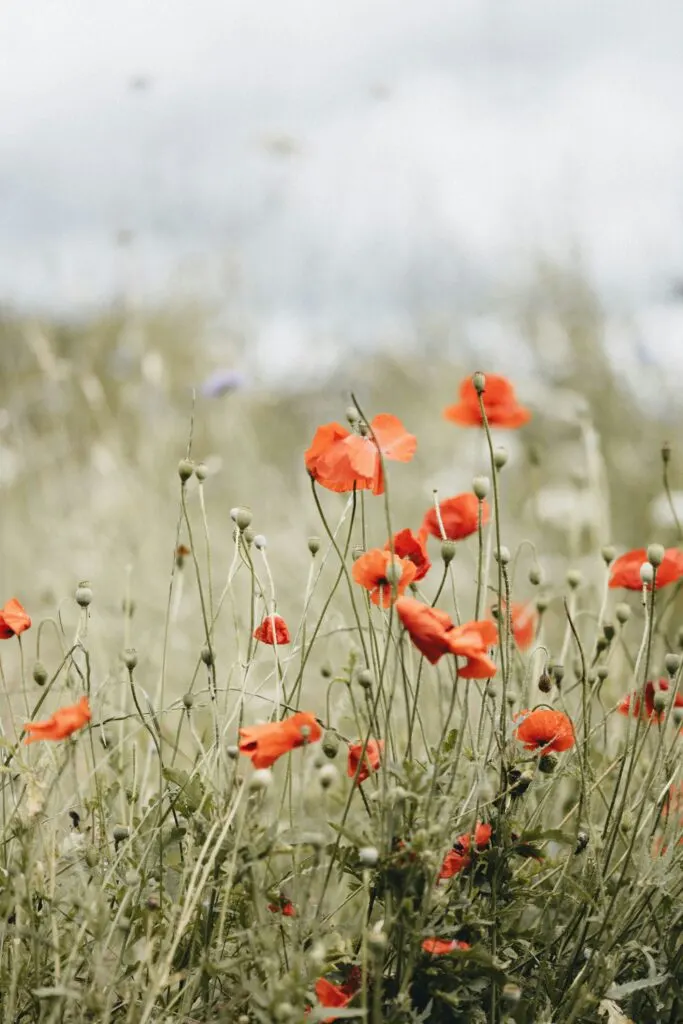
Conservation and Protection
When you're enjoying the vibrant beauty of California's wildflowers, it's crucial to recognize the efforts that go into preserving these natural treasures. Certain regulations and organizations are dedicated to protecting species that are native to California, including those endemic wildflowers you might not find anywhere else in the world.
- Legal Protections: Legislation, such as provisions under the California Endangered Species Act, is essential in safeguarding these precious plants. For instance, the state has taken decisive action to protect imperiled species,like the Inyo rock daisies, from threats like habitat destruction and gold mining.
- Nonprofit Databases: Calflora is a fantastic resource that provides comprehensive information on California's wild flora. It's a living repository for wild plants in the state, helping enthusiasts and conservationists to learn and plan for protection.
- Community Engagement: California Native Plant Society's conservation efforts are fueled by more than 50 years of dedication. They emphasize the philosophy that to save a native plant, you must save its ecosystem. Through education and activism, they effectively voice the needs of native and endangered species.
Gardening with Wildflowers
Creating a garden with wildflowers promises a vibrant display that supports local ecosystems. By focusing on native species and mastering seed propagation, you can cultivate a space that's both beautiful and beneficial.
Cultivating Native Species
To start your wildflower garden, choose plants that are indigenous to your region. California's diverse climate provides a range of options, many of which thrive with minimal care. Gardening expert Melissa Strauss highlights a variety of these on Epic Gardening, sharing insights into species that contribute to an eco-friendly garden. By incorporating plants like the California poppy, not only will you add color, but you'll also support local pollinators.
Native wildflowers typically require less water and are more resistant to pests in their home environment. This means less maintenance for you and more time to enjoy your blooming landscape.
Wildflower Seeds and Propagation
You'll find that starting your wildflower garden from seeds is both cost-effective and rewarding. For successful propagation, purchase seeds from a reputable source, ensuring they’re suitable for the California climate. The California Native Plant Society can be a valuable resource for finding quality seeds and growing advice.
- Starting Seeds: Begin by sprinkling seeds onto well-draining soil, ensuring they’re not buried too deep. Light is crucial for germination, so just a light covering of soil or even leaving them on the surface may be advised.
- Watering: Keep the soil moist but not waterlogged to encourage sprouting. A fine mist is often the best way to water seeds without disturbing them.
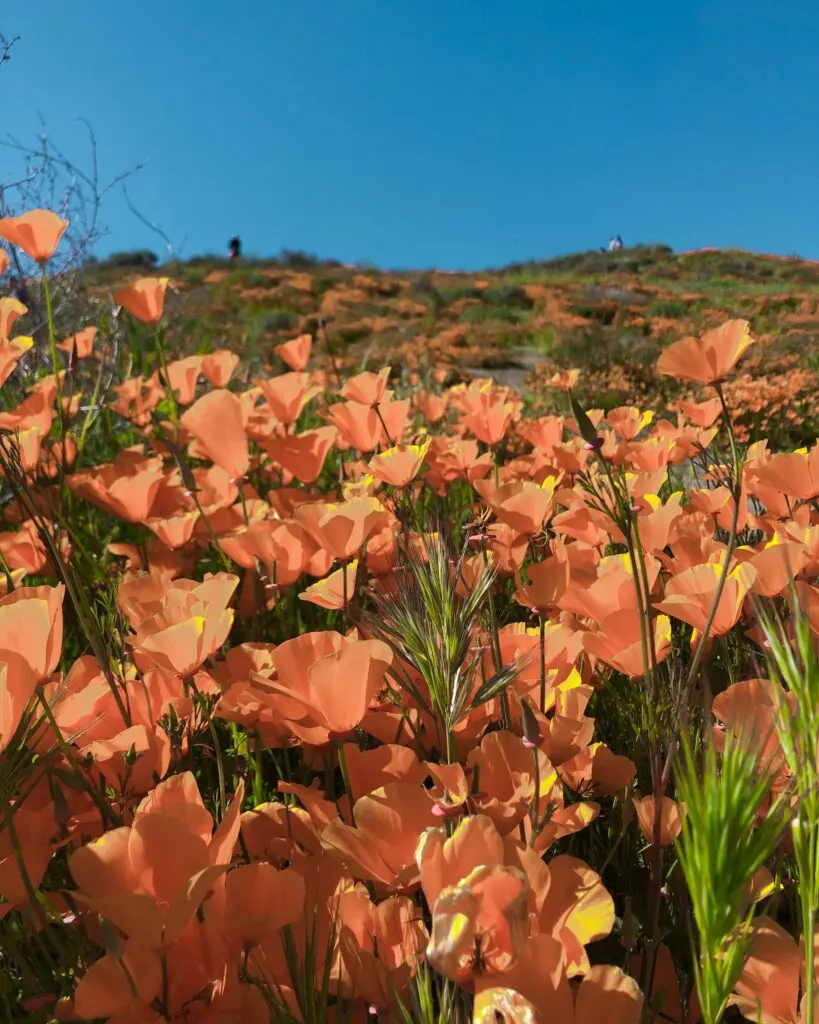
Fauna Amongst the Flora
When you’re out exploring the vibrant wildflowers in California, you're also stepping into the lively world of local wildlife. Here, fauna and flora coexist in a beautiful dance. Hummingbirds zip through the air with remarkable speed, darting from flower to flower. These tiny, energetic birds are particularly drawn to the nectar-rich blossoms of the region.
Pollinators, the unsung heroes of the ecosystems, industriously gather nectar and pollen. You’ll see a dizzying variety of them:
- Bees: Buzzing tirelessly from bloom to bloom.
- Butterflies: Fluttering gently with their vivid wings.
- Moths: Often overlooked, they work the night shift, ensuring pollination continues round the clock.
It’s a symbiotic relationship—flowers depend on these creatures to spread their pollen, and in turn, pollinators rely on flowers for food.
| Creature | Favorite Flowers |
|---|---|
| Hummingbirds | Trumpet vines, sage, fuchsia |
| Bees | Lavender, sunflowers, wild lilacs |
| Butterflies | Milkweed, asters, poppies |
Frequently Asked Questions
Welcome to the frequently asked questions about California wildflowers. Here, you'll find information about when and where to see wildflowers, identifying different species, and tips for growing them in your garden.
What are the best locations to observe the superbloom?
The superbloom brings an incredible display of wildflowers, particularly in areas like the Anza-Borrego Desert State Park and Death Valley National Park. You can catch this natural spectacle at lower elevations typically starting from mid-February through mid-April. For updated information, check the predictions and reports at AFAR.
What are some common species of wildflowers found in Southern California?
Southern California boasts a diverse array of wildflowers, including the California Poppy—our state flower. Other species you can admire are the vibrant Californian Bluebell and the delicate Sand Verbena. To learn more about other common species, look at Wildlife Informer's guide.
How can I identify different types of purple wildflowers in California?
To identify the various purple wildflowers in California, you should consider flower shape, size, and growth habitat. A field guide can be particularly useful, such as the one from the California Native Plant Society which organizes flowers by color and shape and includes a range map for each flower. Consider purchasing their guide at Wildflowers of California by CNPS.
At what time of year are California wildflowers typically in full bloom?
California wildflowers tend to be in full bloom from mid-February to mid-April in lower elevations, and the bloom can extend well into June and July at higher altitudes. Desert areas like Death Valley often start the season with their spectacular displays. Visit AFAR for more precise timing based on each year's weather conditions.
Can you recommend a wildflower seed mix suitable for a California garden?
Yes, for a vibrant California garden full of native wildflowers, look for seed mixes that include poppies, lupines, and sunflowers which are well-suited to California's climate. Remember to select a mix adapted to your specific regional conditions for the best results.
Which Northern California wildflower species are most renowned for their beauty?
Northern California is known for its stunning wildflower species like the Douglas Iris, the delicate Baby Blue Eyes, and the striking Scarlet Fritillary. These species are often found in woodland areas and coastal regions, creating breathtaking scenes especially in the wake of a wet season as explained in the San Francisco Chronicle's overview of the science behind these blooms.
